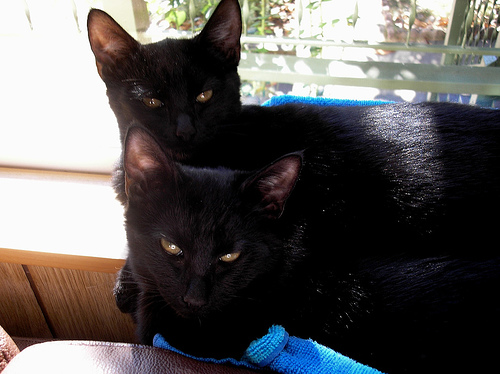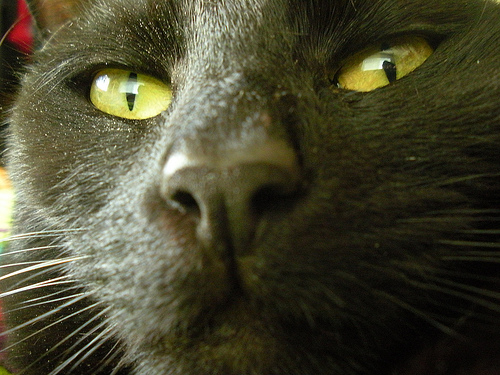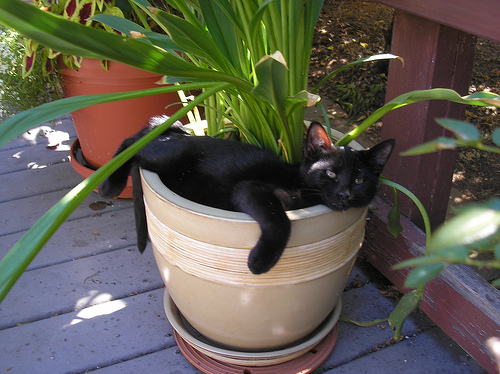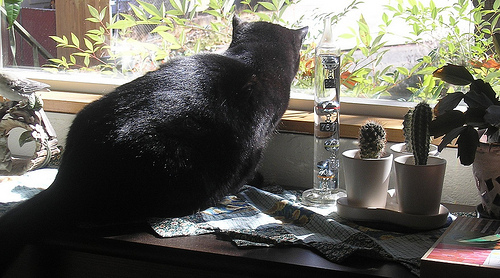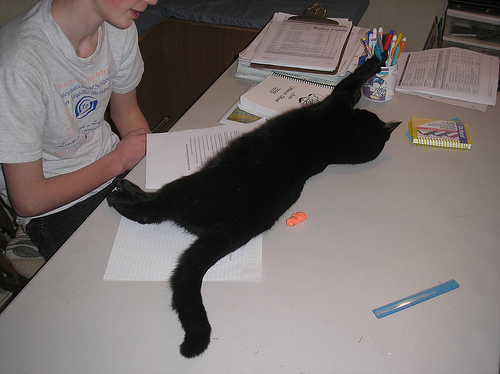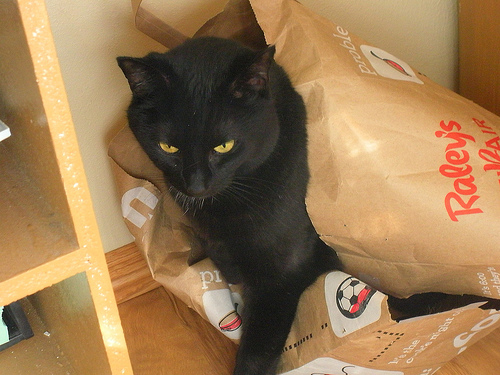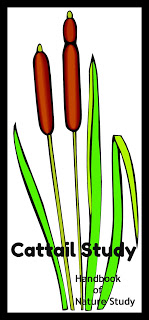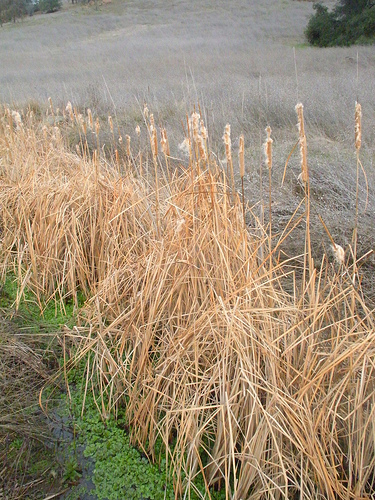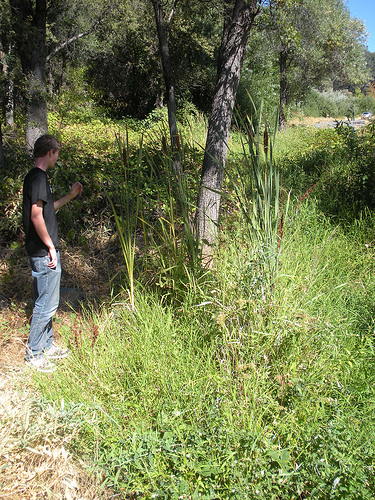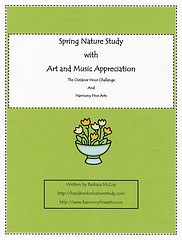I waited to post my snake entry until the results of the snake poll were in. It was interesting to me to see just how my readers experience snakes. There were 113 people who responded to the poll.
How Often Do You See Snakes?
Frequently 9 votes
A few times a month 17 votes
A few times a year 55 votes
Rarely 24 votes
Never 7 votes
What Kind of Snakes Have You Seen?
Garter 78 votes
Milk 8 votes
Water 37 votes
Rattlesnake 18 votes
Other 64 votes
We are not a big snake family. Although we have had pet iguanas in the past and currently we have fire-bellied toads, snakes have not been a big fascination with my children. Our only on-going contact with snakes has been through our cats when they bring a dead one home and leave it on our doorstep. They are usually the small kind that don’t bring much distress when we see them.
I do not take many photos of snakes so I decided to share our fire-bellied toads instead. This is Mr. Darcy and Mr. Bingley.
Occasionally we will see bigger more scary snakes on our hikes. This spring we have seen two rattlesnakes, one dead and one alive and curled up practically in the middle of the trail. We gave him some distance and left him alone.
We decided to research the garter snake since this is the most common one we see in our backyard or neighborhood. We found more information on this website: Identifying California Garter Snakes. After looking at the ranges and the photos of the garter snakes we potentially could see in our area, we narrowed our garter snakes down to two kinds:
Sierra Garter Snake or the Mountain Garter Snake
We made drawings and journal entries for both these snakes and the next time we come across one, we will be better equipped to identify it.
We also made a list of potential snakes to study in the future:
California Kingsnake
Western Rattlesnake
Gopher snake
California Striped Racer
Western Yellow Bellied Racer
Northern Rubber Boa
My son brought me the current issue of the National Wildlife magazine to show me an article on garter snakes. Lots of interesting bits in the article that helped us understand this snake a little better. (If you click the link above it will take you to an online version of the article, scroll down to the part about garter snakes.)
I encourage all to pick a snake and take a few minutes to learn some facts about it. I find it interesting that the more I know about something, the more I appreciate its beauty. Yes, even snakes.



